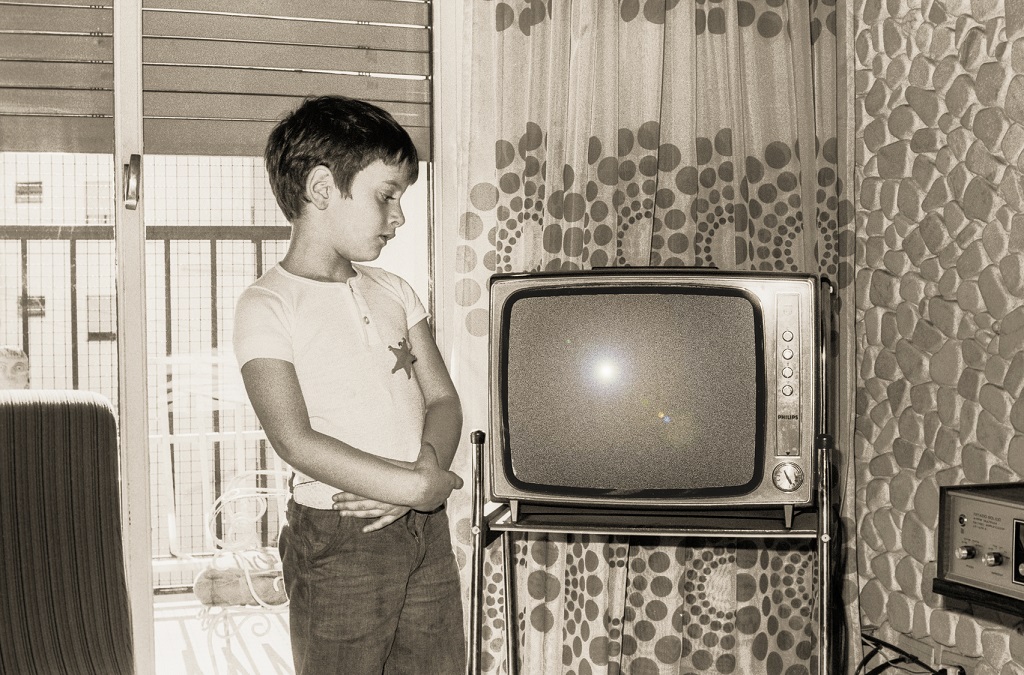Just as any athlete trains for a big event, or a performer for a big show, we prepare for Lent. We know it is, as they say, a marathon and not a sprint. We want to start and finish strong.
We want to become more and more like Christ: a clean heart, a forgiving heart, a compassionate heart, a joyful heart.
With Ash Wednesday nearly upon us, how do we set about this task? We begin by pondering, prayerfully, the readings for Ash Wednesday Mass. They are a treasure-trove; how blessed we are to have this gift! Now, let’s look at four ways we can set about, with steadfast reliance on God, being open to having a clean heart.
- In the first reading (from the book of the prophet Joel), we have our first instruction. God says: “Return to me with your whole heart.” Don’t hold back this Lent. God loves you so much! There is nothing He won’t do for you. Yes, you’ve sinned. Yes, you’ve strayed. But God is waiting to embrace you. All you need to do is turn to Him, heart in hand, and say, “Here. Here I am.” If you think that God is not madly in love with you, pray over that first reading from Joel. Ask God to show you His mercy.
- Confess your sins. The responsorial psalm (from Psalm 51) calls out to us to beg God for forgiveness. (If you’re not sure why confessing our sins in the Sacrament of Confession is important and necessary, check out this short video from Bishop Robert Barron.) It is amazing that we serve a God who is not vindictive or mean-spirited or miserly. No, God is generous and merciful, willing and able to pour out His Spirit upon us.
- In the second reading for Ash Wednesday, St. Paul implores us to be “ambassadors for Christ.” What a worthy goal for Lent! Where and when can we share the love of Christ during the Lenten season? Who are the people in our lives that we have injured through our sinfulness? Those are the people we need to reach out to this Lent. Ask for forgiveness. And if someone in our lives reaches out to us, meet that gesture with the love that Christ has given to us, “as if God were appealing through us.”
- Pray, fast, give alms. Of course, these are the cornerstones of Lenten practices. Christ Himself gives us this directive in the Gospel of Matthew. Many of us plan a way to do each of these during Lent. However, look for those places when you can spontaneously add to this. For instance, if you’ve given up something (like coffee) for Lent, whenever that craving hits, add a prayer to that moment. If you’ve given up coffee, maybe one day a week you add to that fast by drinking only water. Turn off the radio during your commute, and use that time to pray. Add a formal prayer, such as the rosary, during Lent. Be generous with your time: offer to babysit for a young mother or finish a project your spouse has been wanting done. Get down on the floor and play with the kids after dinner. Remember, if we want God to work the miracle of a clean heart in us, we must become more and more like Him.
“Create in me a clean heart, O Lord!” Let us pray that, this Lent, we are truly open to the mercy of God. This Lent, let us strive to cause fewer and fewer offenses to God and to others. This Lent, let the joy of salvation and a willing spirit be ours, through the compassion of God.
 Elise Hilton is an author, blogger and speaker. She has worked in parish faith formation and Catholic education for over 25 years. A passionate student of theology, Elise enjoys sharing her thoughts on parish communication, the role of social media in the Church, Franciscan spirituality and Catholic parenting. To enquire about booking her as a speaker, please contact her at ehilton@diocesan.com.
Elise Hilton is an author, blogger and speaker. She has worked in parish faith formation and Catholic education for over 25 years. A passionate student of theology, Elise enjoys sharing her thoughts on parish communication, the role of social media in the Church, Franciscan spirituality and Catholic parenting. To enquire about booking her as a speaker, please contact her at ehilton@diocesan.com.



